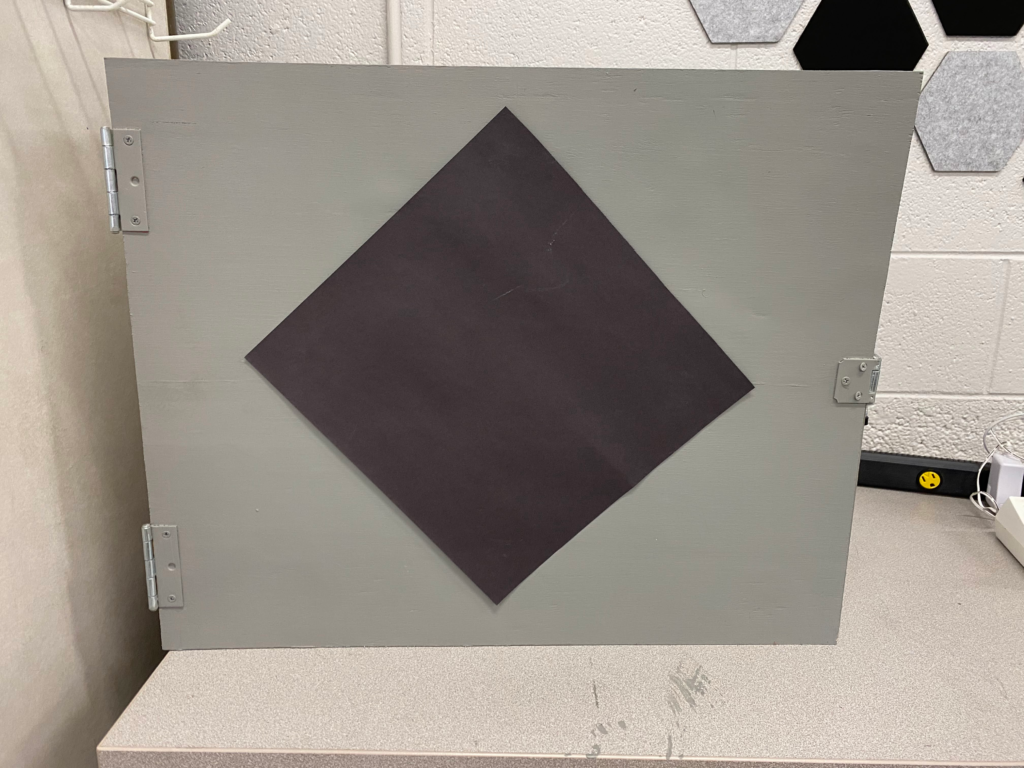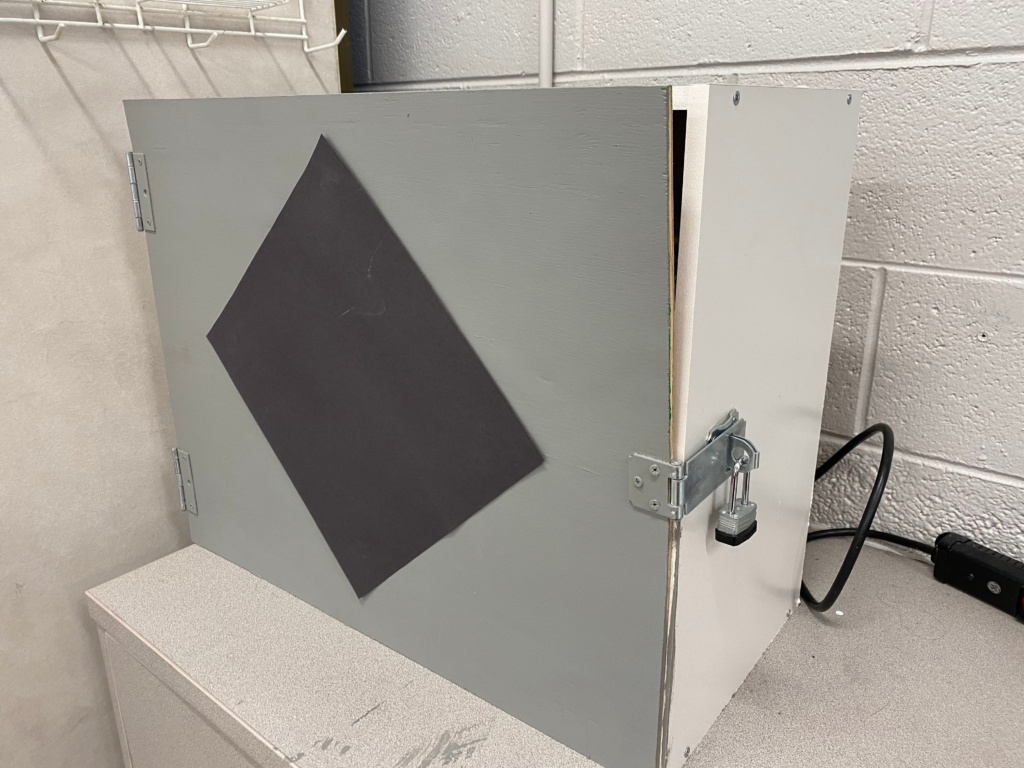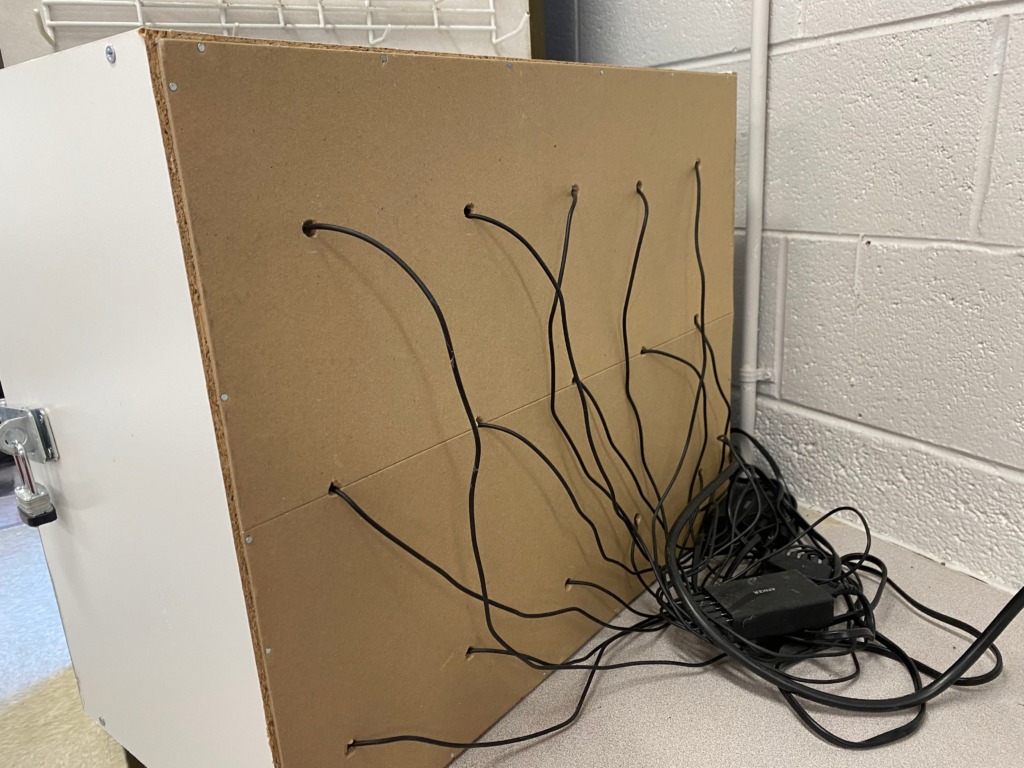If you use Sphero robots in your classroom or STEM activities, you know how engaging and fun they can be for students. But with that popularity comes the challenge of storing and organizing them. Tangled cords, missing chargers, robots rolling off tables—keeping everything in one place can be a headache.
As a teacher of computer science, I’ve experienced this firsthand. After trying various storage solutions, I finally created a DIY system that has made a huge difference in my classroom. Not only does it keep everything organized, but it also helps students take more responsibility for their equipment, contributing to a cleaner and more professional tech area.
The Problem: Why Storing Sphero Robots Can Be Tricky
Sphero robots are fantastic for engaging students, but they aren’t exactly easy to store. Common issues include:
- Cords getting tangled
- Missing chargers
- Robots rolling away
- Difficulty charging multiple devices at once
- Students not knowing which robot belongs to whom
Initially, I tried storing them in bins, but things quickly became chaotic. It was tough to keep everything in its place, and charging them was a hassle.




The Solution: My DIY Sphero Robots Storage System
To solve this, I repurposed a 15-cube shoe rack I found at Home Depot (a similar version is also available on Amazon). This simple, budget-friendly organizer turned out to be the perfect size for individual Sphero robots and their chargers.
Here’s a step-by-step guide on how I created the system:
Materials I Used:
- 15-cube shoe organizer
- 1 piece of plywood (to create a front cover)
- Hinges (to attach the plywood as a door)
- Power strips for charging multiple robots
- Labels for each cube
- Zip ties or Velcro straps for cord management
- Optional: combination padlock for extra security
Step-by-Step Guide:
- Assemble the shoe rack according to the instructions.
- Cut a piece of plywood to fit the front of the organizer. It should cover all the cubes.
- Attach hinges to one side of the plywood and secure it to the shoe rack to act as a door.
- Optional: Add a latch or lock mechanism to keep everything safe. I used a key padlock.
- Place each Sphero robot and charger in its own cube. Add a label with the robot’s number or student name.
- Mount a power strip nearby for easy charging of multiple robots at once.
- Use zip ties or Velcro straps to secure cords and avoid tangles.
- Label each compartment for easy identification and student assignment.
Why This Storage Solution Works:
This system solved every issue I faced before:
- Each robot and charger has its own space
- No more tangled cords or missing chargers
- Easy to identify and assign robots to students
- Charging is streamlined with a shared power strip
- The locking mechanism keeps everything secure after hours
It also helps students take more responsibility for the devices and keeps the tech area clean and organized.
Why We Should Teach Computer Science
Sphero robots are just one example of how hands-on activities can make learning fun. I’ve been teaching computer science for seven years, and I can honestly say it’s the best class I teach. Not because it’s the easiest or least demanding, but because it allows students to create, collaborate, problem-solve, and explore in real-time.
When students use block-based or text-based coding to control a robot like the Sphero, they’re not just learning syntax—they’re applying logic, refining algorithms, and seeing immediate results. They collaborate with peers, debug code, and problem-solve together, which are life skills that go far beyond coding.
The beauty of computer science is that it connects directly to math concepts. By coding robots, students apply proportional reasoning, angles, coordinate planes, and more—skills they’ve been learning in math for years. But now they’re using them to make a robot move, complete a maze, or avoid an obstacle. That connection lights up the learning in a whole new way.
Computer science is not just the language of the future—it’s the language of thinking critically, persisting through challenges, and turning ideas into action. When you see students on the floor with robots and iPads, they’re not just playing. They’re building their futures, one block of code at a time.
Conclusion & Call to Action
Sphero robots are a powerful tool for teaching and learning—but only if they’re easy to store and maintain. Creating an organized, dedicated storage system will save you time and stress while helping students take better care of your equipment
Are you ready to make your own storage system? Or perhaps you’ve already found a solution that works for you? Share your tips or ask questions in the comments—I’d love to hear how you keep your classroom tech organized!





